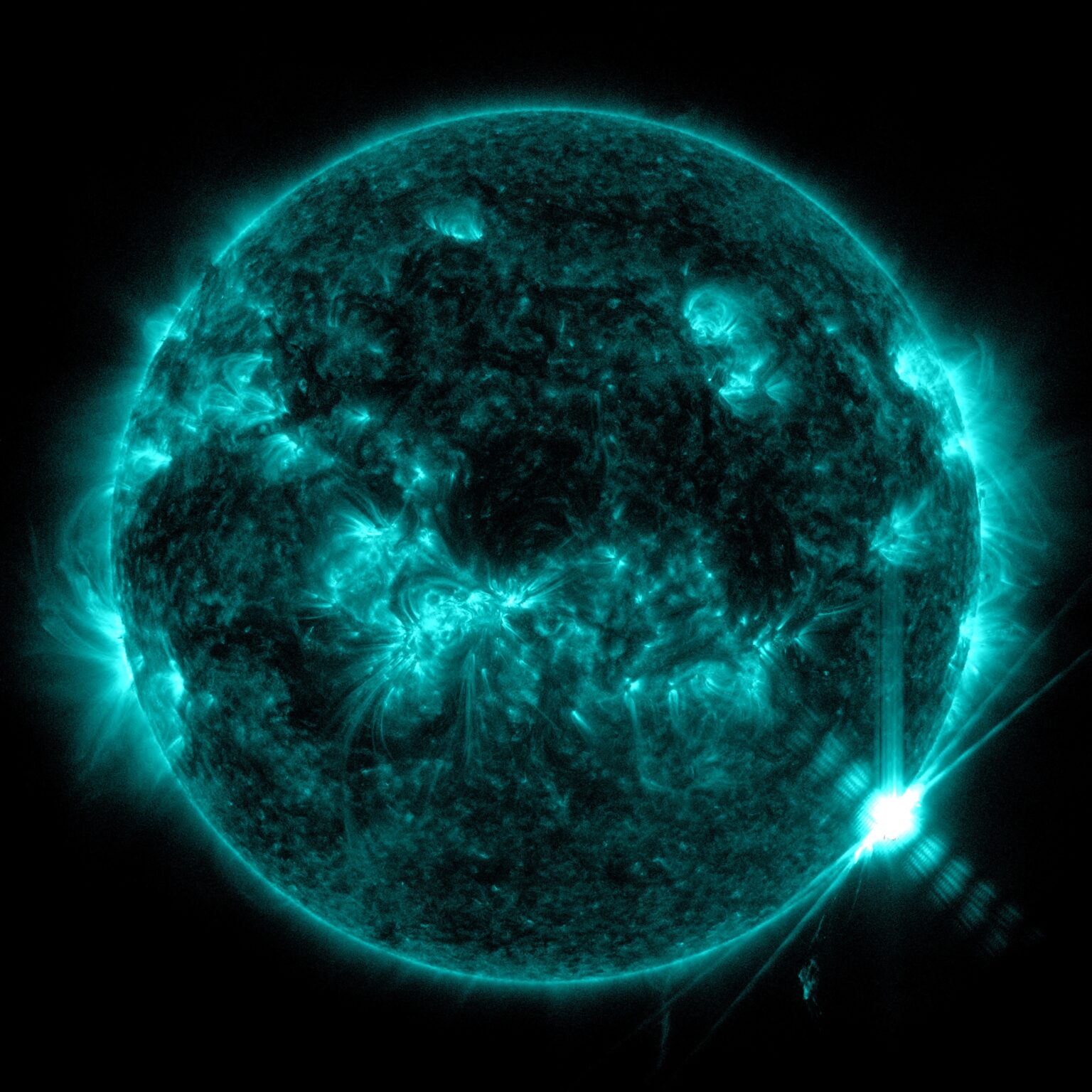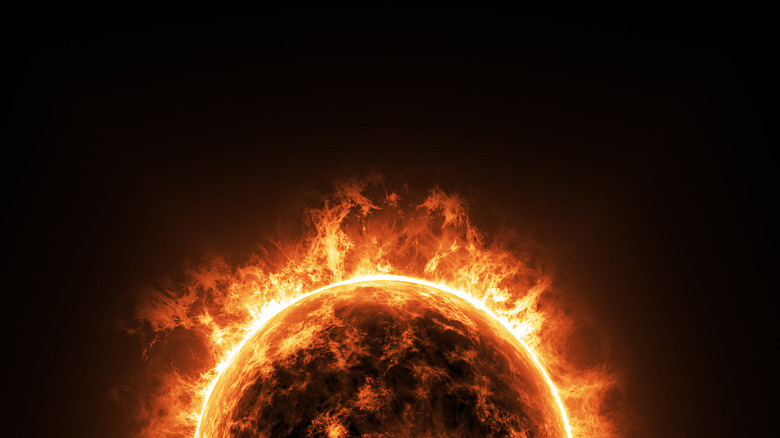NASA Captured This Terrifying Photo Of A Solar Flare When It Exploded From The Sun
As we continue deeper into Solar Cycle 25, more solar flares are expected to erupt from the sun's surface. One of the most recent, an X3.3 solar flare, was actually captured in an image thanks to NASA's Solar Dynamics Observatory.
These powerful blasts of energy can bring about a ton of beauty and destruction on our planet. Not only do they fuel the aurora borealis that we see showcased in so many photos, but they can also disrupt navigation and radio signals.
This most recent image is just one of several solar flare images that NASA's Solar Dynamics Observatory has captured in the years of its service. As an X-class, this was one of the most intense flares that can be ejected from the sun.

The danger from this one has already passed, but NASA and the NOAA did note that there were some moderate solar radiation storms caused by the X-class solar flare. These storms are what often cause the northern lights to appear further south than they usually do, and they often lead to some radio blackouts in different parts of the world.
This particular solar flare showcased in NASA's newest image saw solar radiation storms, which peaked on Saturday morning as an S2 event. These S2 events are roughly 100 times more powerful than the normal amount of particles that interact with our planet's atmosphere. As such, it created quite a show.
Of course, these kinds of events are only going to get more and more frequent as we continue deeper into Solar Cycle 25, closer and closer to our Solar Maximum, which is when the Sun's energy is at its most intense. If you look at the image embedded above, you can see the flare responsible for this recent storm in the lower right corner of the image.
NASA astronomers are also continuing to track sunspots that have appeared on the surface of the Sun. These sunspots are typically the starting place for massive solar flares like this X-class, so keeping up with them can help us predict various points of solar weather.
